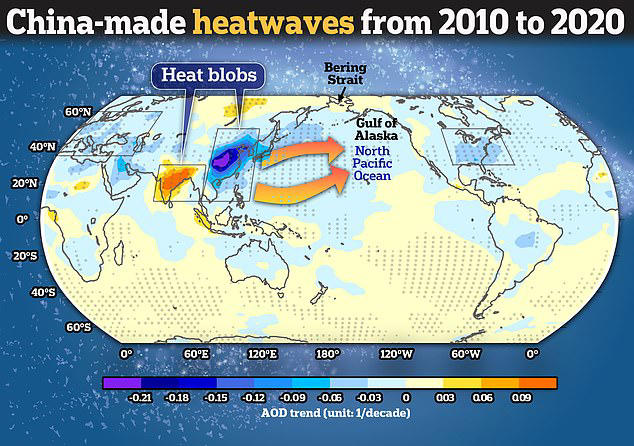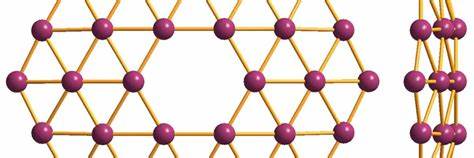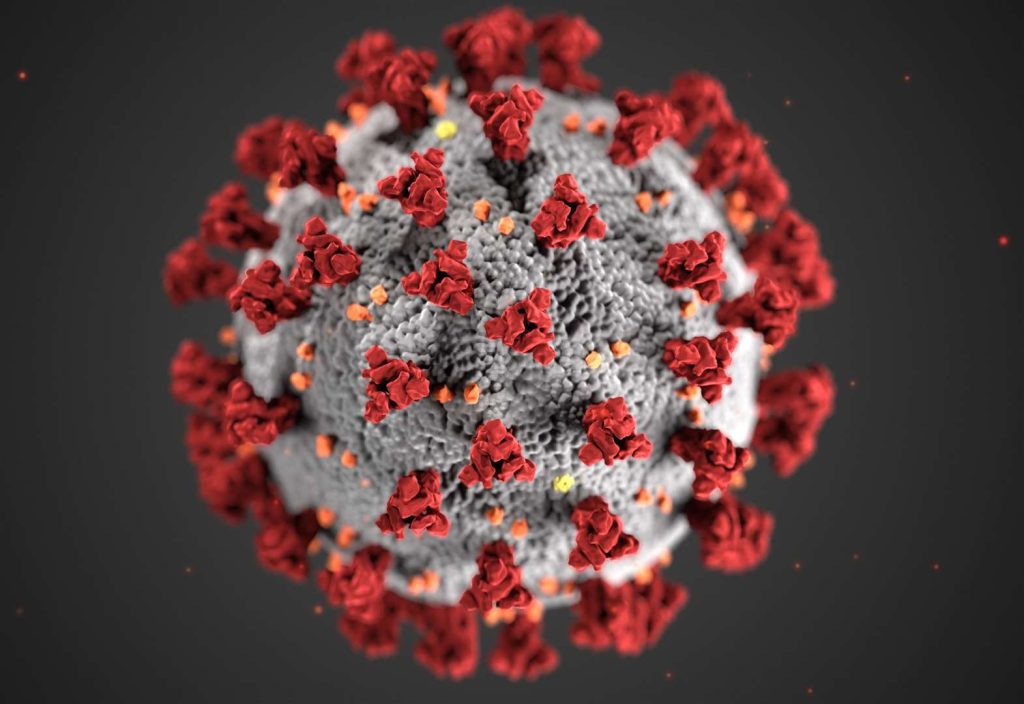Posted inChemistry Physics Technology
Big Achievement: First-Ever Capture of X-ray Image of a Single Atom
s we stand on the threshold of a new era in scientific discovery, the significance of capturing the X-ray signature of a single atom cannot be overstated. From unraveling the mysteries of the quantum realm to driving innovation in technology and medicine, this achievement symbolizes a triumph of human ingenuity and collaboration. As researchers continue to push the boundaries of what is possible, we can only imagine the myriad discoveries that await and the transformative impact they will have on our understanding of the cosmos and our place within it.






